
Loyalty to Traditions: Asian and Latin American Designers and Crafts
Revival and reinterpretation of traditional arts and crafts is popular contemporary design trend, which is probably the most prominent in designer objects from countries that are usually rarely associated with the world of high design. Sure, the cabinet-makers and glass-blower from, for example, Italy have never dropped off the radar, but how about the Taiwanese bamboo weaving art or Chinese hand-dying technique?
Bamboo weaving art
Studio Gridesign
Gridesign studio is one of few Taiwanese studios focusing on bamboo materials to design creative bamboo products. They learned their craft technique from masters of bamboo craft residing in Nantou City in Central Taiwan and now attempt to combine the ancient craftsmanship traditions and modern design approaches as part of their products. Gridesign has set for itself a very challenging task: to support development of the Taiwanese bamboo industry and emphasize the value of the local handicraft traditions.

Lou Lamp, Gridesign
Their notorious Lou Lamps were inspired by bamboo baskets – a customary attribute for any Taiwan resident. The weaved lamp shade is made of thin bamboo bands, while the base is produced from rather firm and sold bamboo stalk. In general, from the design point of view, this lamp has been developed for a single, but still highly important purpose: to show the natural beauty and the simple elegance of bamboo weaved products. Besides that, the item is pretty functional, and when the light is off, it can be used as a small night table for a book or a pair of glasses.
Stone work
Studio EWE
EWE is a design studio based in Mexico City, devoted to the preservation and advancement of Mexico’s rich artisan heritage, while embracing new mediums and languages for the execution of limited edition sculptural and functional objects. The craft techniques utilized as part of their production process allow EWE to create tactile items, rough surfaces and empiric textures that make a user focus on his or her sensations. “Mexican history is our inspiration for forging new ideas that have substance and meaning”, the designers say. They closely collaborate with local stone, wood, glass and metal artisans, to create original contemporary pieces of collectible design.
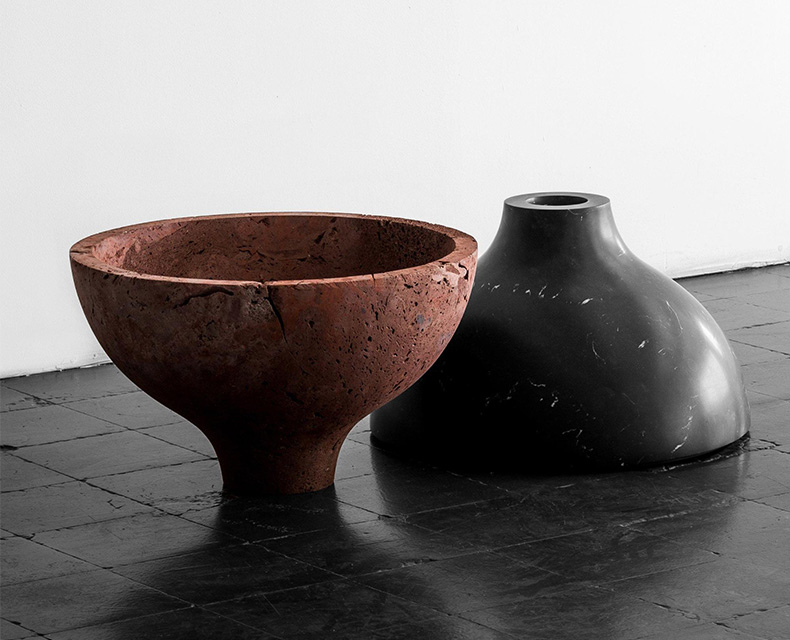
EWE, Sacred Ritual Objects
EWE Sacred Ritual Objects Collection features monolith vases and vessels, tables and stools produced from black and white marble, volcanic stone and bronze. The metal alloy material provides an incredibly sturdy and durable construction, coupled with the ability to be finely textured with etchings all over.
Woodwork and leatherwork
designer Zheng Yin
All of the pieces in the Black Dream collection, which was presented by product designers Sheng Yin and Kai Yi during Beijing Design Week last year, is handmade and cannot be reproduced by machine – the unique feature especially emphasized by designers. The range includes a chair, a shelving unit, two tables in different sizes, a floor light, and a mirror unit made from black wood and leather.
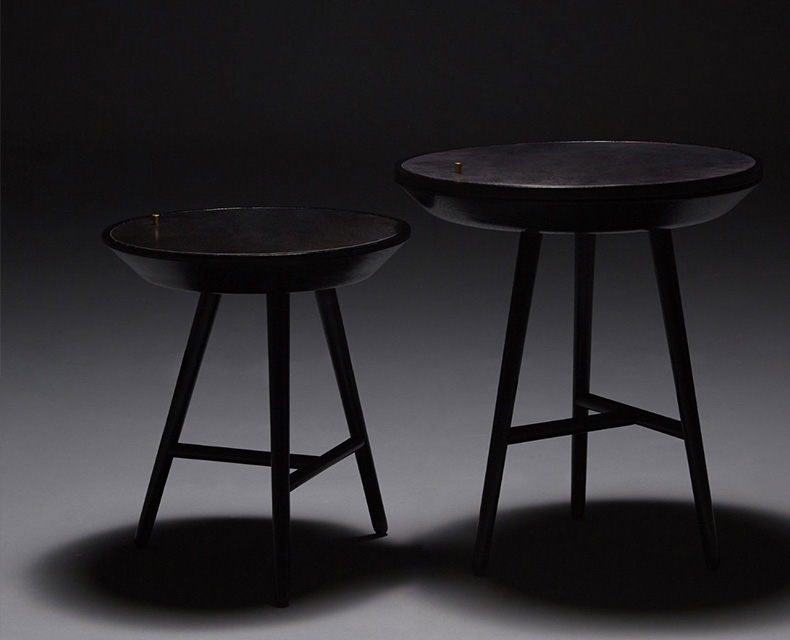
Black Dream, Zheng Jin Kai Yi
Thus the designers wanted to show how the traditional knowledge and many years of manufacturing experience may be successfully integrated into modern lifestyle, while helping the young buyers in China customise their homes with furniture that represents their culture as well as their taste.
Traditional dying techniques
brand Stellar Works
The unique feature of Hong Kong Stella Works brand is an attempt to unite two opposites: the East and the West, the traditions and contemporary fashion trends, the handicraft and industrial production. The designers take forms and motives that for many centuries have been characteristic for Asian design and filter them through the prism of European traditions creating new relevant product that exists beyond the concept of time. The art directors of Stellar Works brand are notorious architects Neri & Hu, which is already a telling fact.
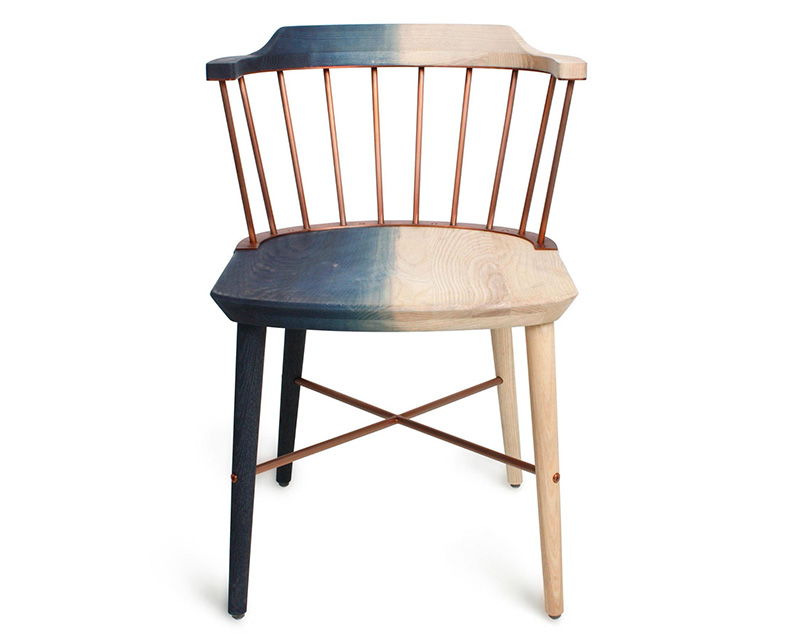
Indigo Exchange for Crème Stella Works
One of the recent Stellar Works' project is collaboration with Brooklyn-based studio Crème. For their collection of chairs, the designers utilized traditional Chinese textile dying technique, although this time it was used to dye wood. The blue dye Indigo was developed based on the local traditions in collaboration with producers of natural indigo dye in the Guizhou village in southern China. The resulting chairs feature a lot of blotchiness and washaway. According to Stellar Works representative, Indigo Exchange chair represents the essence of Chinese craft heritage multiplied by the handmade furniture production process.
Traditional weaving
designer Carolina Ortega
Traditional Columbian art of weaving serves as another source of inspiration for experimental projects by contemporary designers. A good example is industrial designer Carolina Ortega, who resides in Bogota and produces its furniture at the local manufacture. Ortega’s furniture collection titled ‘The Bamba’ is the bright hand-weaved textiles with traditional patterns symbolizing the balance between our inner self and the world that we live in. The base of her chairs and stools is made of wood and aluminium, while the textile itself is weaved from plastic threads. Carolina says that with the help of her furniture she wants to attract public attention to the traditional crafts and cultural heritage of her home country.
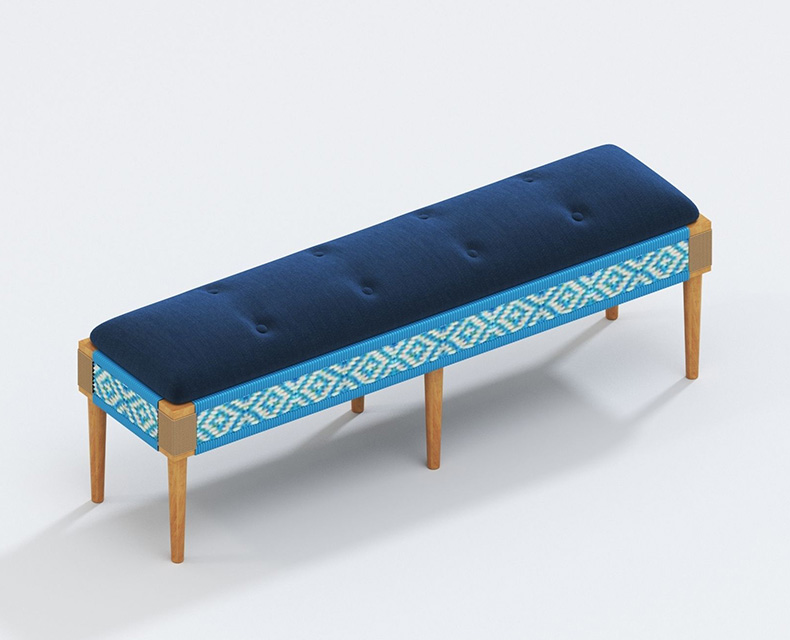
The Bamba, Carolina Ortega
designer Rafael Zuniga
Another designer exploring the weaving technique is Rafael Zuniga, who designed his outdoor furniture collection called 30 – 70 for local Tucurinca brand. His sofas, chairs and stools feature steel structures, while the seats and backs are made of PVC rope. The decorations for furniture were hand-weaved by Columbian craftsmen, which is another successful attempt to combine contemporary design and traditional handicraft.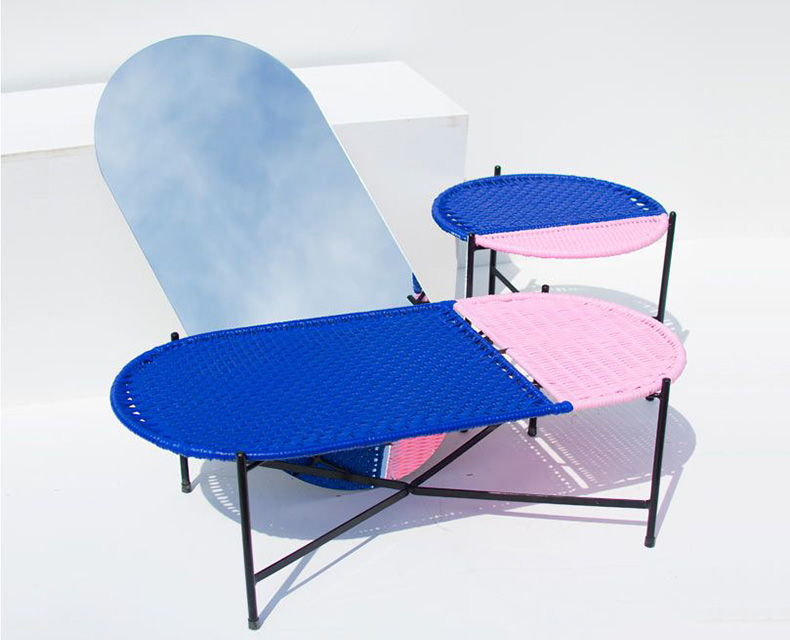
"30-70", Rafael Zuniga for Tucurinca

